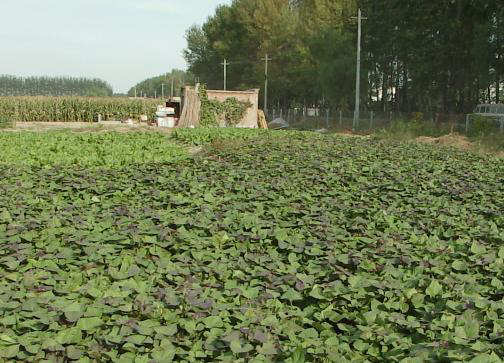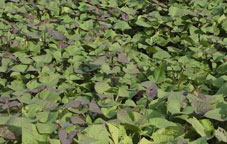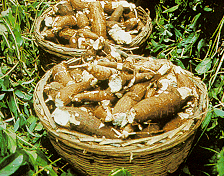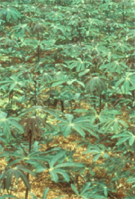|
|
|
|
|
|
||||||||||||||||||||||||||||||||||||||||||||
|
Sweet Potato Sweet potato (Ipomaea batatas) is a food crop which is widely cultivated in the north of China, ranking after wheat and maize. In practice, growth and yield of sweet potato are greatly limited because of the wide occurrence of calcareous soils which have high P-fixing capacities and consequently a low level of plant-available phosphate. It is a traditional practice to prepare vegetative seedlings of sweet potato in seedling beds and then hand transfer stem cuttings to the field, which facilitates direct low-cost inoculation with AMF to increase sweet potato yield. |
||||||||||||||||||||||||||||||||||||||||||||
|
||||||||||||||||||||||||||||||||||||||||||||
|
|
||||
|
Maize Maize (Zea mays) is an important food crop for which considerable development is planned in central China. Most of the land destined for maize culture in this area is where P-deficient acid soils are a major limitation for optimal yields. Furthermore, farmers in some parts of central China traditionally produce maize plants by first raising maize seedlings in soil blocks and later hand-transplanting them into fields. This agricultural practice provides an easy, low-cost means to ensure the introduction of selected efficient AMF into maize production by inoculation prior to transplanting into the field.
|
|
|
|
Cassava |





